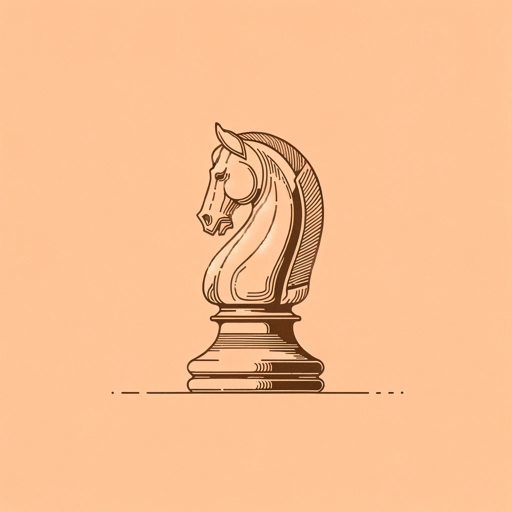38 pages • 1 hour read
Marcel MaussThe Gift
Nonfiction | Book | Adult | Published in 1923A modern alternative to SparkNotes and CliffsNotes, SuperSummary offers high-quality Study Guides with detailed chapter summaries and analysis of major themes, characters, and more.
Part 2Chapter Summaries & Analyses
Part 2: “The Extension of This System: Liberality, Honour, Money”
Part 2, Chapter 1 Summary: “The Rules of Generosity: The Andaman Islands”
In support of his analysis, Mauss turns to Brown, who examines the concept of gift giving as something more than merely commercial in nature and function. Brown argues that that the goal is above all a moral one. The objective of gift giving is designed to “foster friendly feelings between the two persons in question, and if the exercise failed to do so, everything had failed” (24). Similar to exchanging gifts amongst Samoans, nobody is free to refuse the present on offer. Like the potlatch, these acts are more than just economic or political; they are social opportunities. Social grooming, storytelling, exchanges of gossip between clans/tribes, and the sharing of each other’s company are as essential to the success of the gift exchange as the gifts themselves (25). In fact, Mauss argues that one could not exist without the other.
Part 2, Chapter 2 Summary: “Principles, Reasons, and the Intensity of Exchange of Gifts (Melanesia)”
Whether it be Leenhardt on New Caledonians and the pilou-pilou (potlatch) or Malinowski on the Trobriand Islands the kula (circle - potlatch) (27), Mauss highlights the continuous and circular nature of these displays of wealth and generosity. Indeed, he points out that these gifts “must not be kept too long a time, nor must one be slow or difficult in passing them on” (30).

